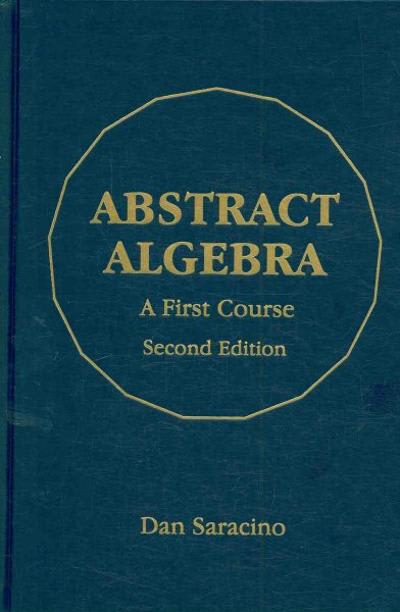SECTION 4.2 In Exercises 17 and 18, use the following information. A probability experiment has a independent trials. Each trial has three possible outcomes: A. B, and C. For each trial, P(A) = 030, P(B) = 0.50, and P(C) = 0.20. There are 20 trials. 17. Can a binomial experiment be used to find the probability of 6 outcomes of A. 10 outcomes of B, and 4 outcomes of C? Explain your reasoning. 18. Can a binomial experiment be used to find the probability of 4 outcomes of C and 16 outcomes that are nor C? Explain your reasoning. What is the probability of success for each trial? In Exercises 19 and 20, decide whether the experiment is a binomial experiment. If it is not, identify the property that is not satisfied. If it is, list the values of n, p. and q and the values that & can assume. 19. Bags of plain M&M's contain 24% blue candies. One candy is selected from each of 12 bags. The random variable repro nts the number of blue candies selected. (Summer 20. A fair coin is tossed repeatedly until 15 heads are obtained. The random variable x counts the number of losses. In Exercises 21-24, find the indicated probabilities. 21. One in four adults is currently on a diet. You randomly select eight adults and ask them if they are currently on a diet. Find the probability that the number who say they are currently on a diet is (a) exactly three, (b) at least three, and (c) more than three. halin Worldwide) 22. One in four people in the United States owns individual stocks. You randomly select 12 people and ask them if they own individual stocks, Find the probability that the number who say they own individual stocks is (a) exactly two. (b) at least two, and (c) more than two. (Source: Pew Research Center) 23. Forty-three percent of businesses in the United States require a doctor's note when an employee takes sick time. You randomly select nine businesses and ask each if it requires a doctor's note when an employee takes sick time. Find the probability that the number who say they require a doctor's note is (a) exactly five, (b) at least five, and (c) more than five. (Source: Harvard School of Public Health 24. In a typical day, 31% of people in the United States with Internet access go online to get news. You randomly select five people in the United States with Internet access and ask them if they go online to get news. Find the probability that the number who say they go online to get news is (a) exactly two, (b) at least two, and (c) more than two. (Source: Pew Research Center) In Exercises 25-28, (a) construct a binomial distribution, (b) graph the binomial distribution using a histogram and describe its shape, (c) find the mean, variance, and standard deviation of the binomial distribution and interpret the results in the context of the real-life situation, and (d) determine the values of the random variable x that you would consider unusual. 25. Thirty-four percent of women in the United States say their spouses never help with household chores. You randomly select five U.S. women and ask if their spouses help with household chores. (Source: Boston Consulting Group)







